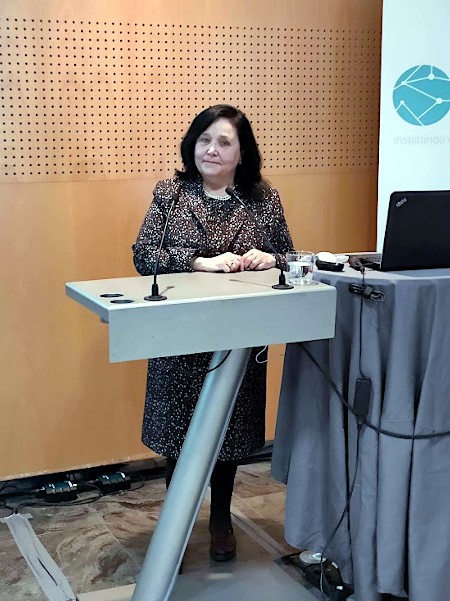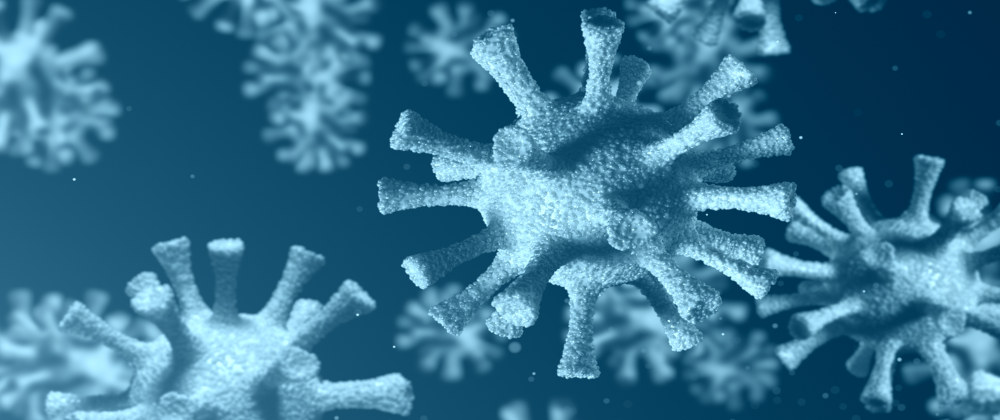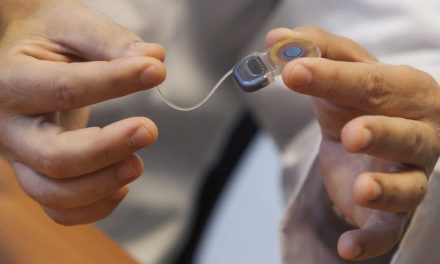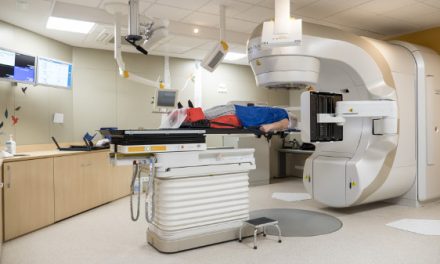Maria Ángels Calvo details in a study the last hour on the knowledge that the scientific community has of Covid-19
Maria Àngels Calvo
Professor at the Veterinary Faculty of the Autonomous University of Barcelona; full academician of the Royal Academy of Medicine of Catalonia, the Royal Academy of Pharmacy of Catalonia, the Academy of Veterinary Sciences of Catalonia, the Royal Academy of Doctors of Spain and the Royal European Academy of Doctors-Barcelona 1914 (RAED)
Maria Àngels Calvo, full academician and vicepresident of the Royal European Academy of Doctors-Barcelona 1914 (RAED) and in turn full academician of the Royal Academy of Medicine of Catalonia, of the Royal Academy of Pharmacy of Catalonia, of the Academy of Sciences Veterinarians of Catalonia and the Royal Academy of Doctors of Spain, details in the paper “SARS-CoV-2 y COVID 19: características, diagnóstico, tratamiento y prevención” (SARS-CoV-2 and COVID 19: characteristics, diagnosis, treatment and prevention) the last hour on the knowledge that the scientific community has on the Covid-19 coronavirus and the best way to tackle what is already considered a pandemic that affects Spain in a very direct way. Calvo dealt with this topic at the III Scientific Meeting that the Royal Academy held at the Vichy Catalán Spa Hotel, in Caldes de Malavella, between February 28 and March 1, and now offers the work expanded and updated to the community of the Royal Academy.

Dra. M. Àngels Calvo
“Coronaviruses cause infection in humans and in a variety of animals, including birds and mammals such as camels, cats, and bats. This is a zoonotic disease, which means that they can be transmitted from animals to humans. Coronaviruses that affect humans (HCoV) can produce clinical symptoms ranging from the common cold with a seasonal pattern in winter to more serious ones such as those caused by the Severe Acute Respiratory Syndrome (SARS) and Middle East Respiratory Syndrome (MERS-CoV)”, the vicepresident begins her study. “The revised phylogenetic studies indicate that the virus probably originates from bats and that it can be passed on to humans through mutations or recombinations in an intermediate host, probably some living animal from the Chinese city of Wuhan market. It has been indicated the possibility of pangolin as an intermediary, but it hasn’t been demonstrated”, she adds.
Calvo analyzes, virus by virus, the characteristics of the diseases caused by the different viruses, their incubation periods, the duration of the disease, the so-called basic reproduction number and secondary attack rate, asymptomatic cases, epidemiological information, source of infection, transmission, laboratory diagnosis, viral load in clinical samples, samples recommended for analysis and diagnosis, distribution of disease by age and sex, severity and fatality rates, symptoms and clinical course, pediatric cases, cases in pregnant women, severity and complications, general treatment guidelines, specific treatments under study, vaccine development, case notification procedure, study and management of contacts, and measures aimed at prevention and control of infection.
The academician concludes with the basic recommendations aimed at the entire population, following the latest advice from the World Health Organization (WHO): wash your hands frequently with an alcohol-based hand sanitizer or soap and water, when coughing or sneeze cover your mouth and nose with your elbow flexed or with a disposable tissue, keep at least a meter away from other people, particularly those who cough, sneeze and have a fever, and avoid touching your eyes, nose and mouth. “The hands touch many surfaces that may be contaminated with the virus. Touching the eyes, nose or mouth with contaminated hands can transfer the virus from the surface”, says the WHO.





